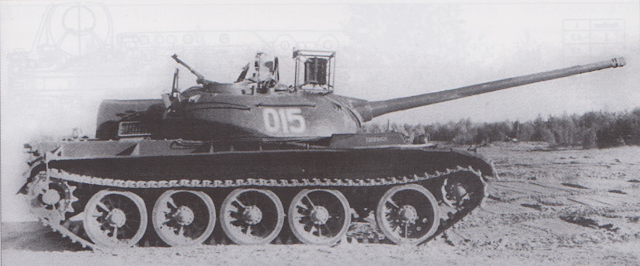Paint and camouflage
.jpg)
To camouflage AFVs and increase the difficulty of being spotted using day-night observation devices, a variety of different paint schemes paired with specifically designed camouflage patterns can be used. Vehicles are painted using a base coating of enamel, which has chemical durability and specific spectral characteristics. To add camouflage, secondary colour enamel spots are added onto the surface of the vehicle. Camouflaging can be achieved by combining different camouflage methods into one single design: colour differentiation between primary paint coat and secondary colour spots, different values of reflection coefficients in the infrared (IR) spectrum, and a special pattern design, deforming the visible silhouette of a vehicle. To create basic camouflage schemes, 2 different enamels were used: HV-518 is used as the base paint and NC-1200 for spots. Enamel HV-518 would protect the vehicle from being detected by passive IR devices only in the spectral range over 0.85 micrometres, b...
.jpg)
